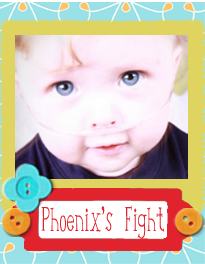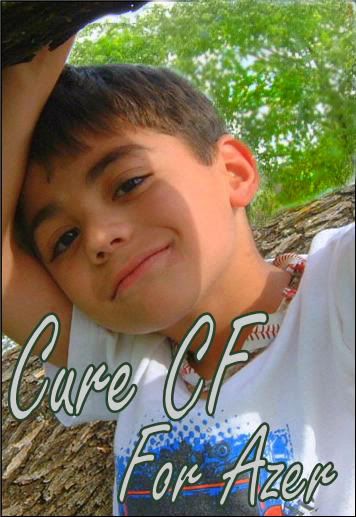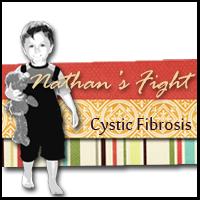Some people have asked me what a living donor lung transplant is and how it works. Keep in mind, that this type of transplant is extremely rare and only about 100-200 have been performed ever in the U.S./World. This type of transplant is usually for those who have been waiting on a list for cadaver lungs for a VERY LONG TIME. In addition, the recipient must be pretty sick and not able to withstand the wait for cadaver lungs. For me, I had "acquired" about 2 1/2 yrs of time on the list, but had not received any possible cadaver lungs. I'm very petite, and had a rare blood type. I became progressively sick, and were given days if not hours to live. I was placed on a ventilator and my CO2 level was rising very fast. My parents decided to move forward with a living donor transplant, with hopes of it being successful.
With this type of transplant, you must have 2 very healthy donors. Typically at least one of them is related to you. For me, it was my mom and a family friend. They undergo extensive testing, almost just as much as the recipient does. The surgeons take one lobe from each person. Remember, your right lung has 3 lobes, and your left has 2 lobes. The lobes do not regenerate in the donor, but a person can live with 1 lobe of a lung. The lobes in the transplant recipient (me), eventually fill the entire space, where once my old lungs resided. According to UNOS, and other organizations, living donor lung transplant tend to have a higher success rate because your donors are better tissue matches, than cadaver donors. However, it does vary from person to person. For me, I've had acute rejection, chronic rejection and usually get pneumonia 3 times a year. Each time I get pneumonia as well the one time I had acute rejection, it has been in the family friend's lung and not my Mom's. (Just a little interesting piece of info). Since UNOS has changed the guidelines for lung transplantation listing, there have not been any living donor lung transplants performed since 2004 (as far as I know). It's a major decision and one that's not taken lightly. But it is an option people with end-stage lung disease, such as CF, should be aware of, in case cadaver lungs become hard to get. Click on the below link for more information. If anyone has any questions, please feel free to ask.
http://www.cts.usc.edu/livingrelatedlungtransplantation.html
Goodbye 2025
2 days ago




















0 comments:
Post a Comment